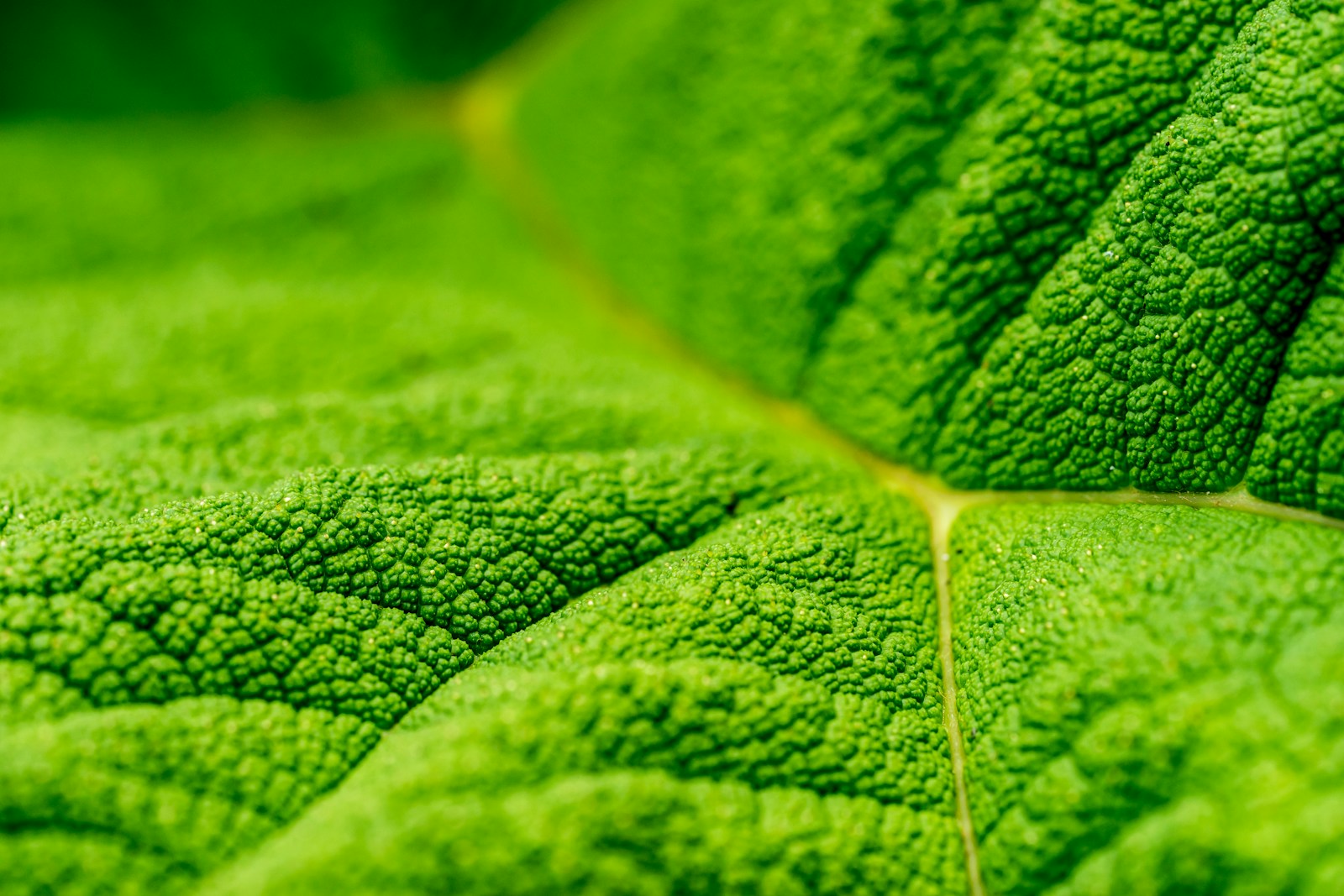A landmark investigation into the spread of synthetic particles has identified a serious threat to the flora across the world.
Published in the journal Proceedings of the National Academy of Sciences USA, researchers believe they now have proof that microplastics – fragments of less than 5mm in length – are directly hindering the photosynthesis process that allows plants to grow, thrive and survive.
The study is just the latest in a string of revelatory discoveries around plastic pollutants, and in particular microscopic fragments that break off larger pieces due to a variety of factors. Scientists have already warned that microplastics are being found in human organs and tissue, including the brain, while environmental campaigners have been working to raise awareness around their impact on animals, including but not exclusively those that live in marine habitats.
Now experts at the 5 Gyres Institute are raising another red flag after realising microplastics may be responsible for an average fall in photosynthesis of between 7 and 12% across all species, with some significant differences. Marine plants like seaweed, for example, could suffer a fall of 2 to 12%, for freshwater algae the numbers are 4 to 14%, while land crops could suffer between 6 and 18%.
When converted into yield, the impact could be significant, with farmers standing to lose up to 13.5% of their rice, corn, and wheat harvests, per year, over the next quarter century. Seafood production could fall by as much as 7% as food chains are impacted. The effect of this level of reduction could be significant, increasing food and economic insecurity, costing jobs and, ultimately, livelihoods and lives.
Plants also play a significant role in fighting climate change, drawing in carbon monoxide from the air through photosynthesis and storing this as sugars. Modelling for how our atmosphere will transform in the coming decades almost always assumes the rate at which this CO2 is absorbed will be consistent. It now seems this may not be the case.
Image: Stefan Steinbauer / Unsplash
More waste, pollution and recycling:


















